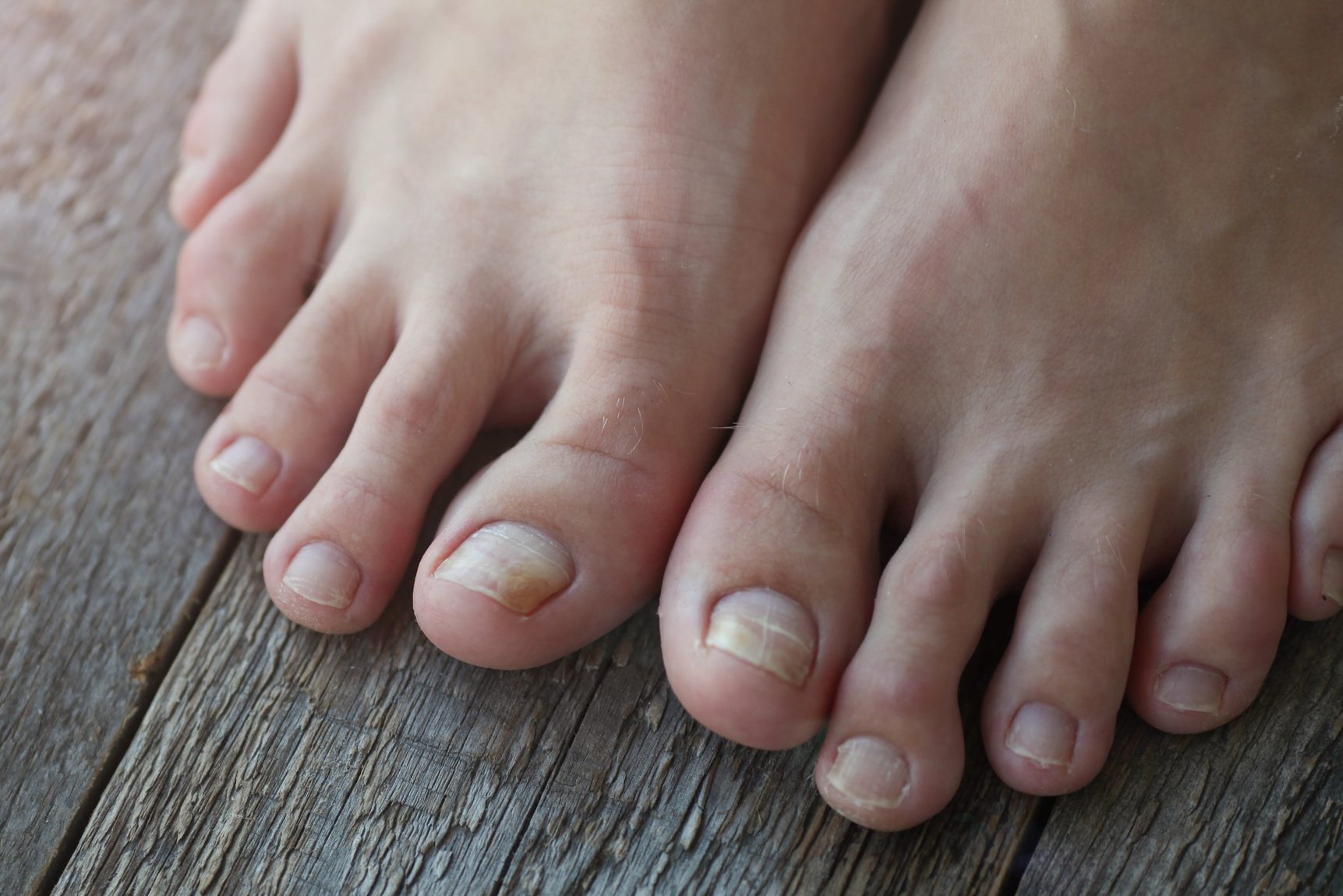<!DOCTYPE html>

Image: www.clipzui.com
Our feet bear the weight of our entire body, and as we age, so do our toenails. They become thicker, more brittle, and discolored, posing a challenge to overall foot health. Embark with us on a journey to understand the intricacies of aging toenails and equip yourself with the knowledge and care techniques to preserve their well-being.
Embracing a proactive approach towards nail care in our later years is crucial for maintaining healthy and beautiful feet. Understanding the underlying factors contributing to these changes helps us tailor our care routines accordingly.
Factors Contributing to Aging Toenails
As we age, several factors converge to affect the health of our toenails:
- Reduced blood flow: As our blood vessels narrow with age, the amount of oxygen and nutrients reaching the toenails diminishes, hindering their ability to grow and repair.
- Hormonal changes: Declining estrogen and testosterone levels in older adults can cause nails to become thinner and more prone to breakage.
- Dehydration: As we age, our skin produces less oil, leading to dry, brittle nails that are more susceptible to cracks and splits.
- Fungal infections: The elderly population is more susceptible to fungal infections, which can penetrate compromised nails and cause yellowing, thickening, and crumbling.
Understanding Nail Disorders in the Elderly
Recognizing and addressing common nail disorders can help prevent complications and enhance the aesthetics of aging toenails:
- Onychomycosis: This fungal infection causes nails to become discolored, thickened, and brittle. It can spread from one nail to another if left untreated.
- Leuconychia: Characterized by white spots or streaks on the nails, this condition typically arises due to minor trauma or aging-related changes.
- Psoriasis: An autoimmune disease that can cause pitting, lifting, and discoloration of the toenails.
Expert Tips for Aging Toenail Care
Maintaining healthy aging toenails involves a multifaceted approach:
- Regular nail trimming: Trim toenails straight across, avoiding sharp edges that can dig into the skin and cause discomfort.
- Moisturize frequently: Apply a moisturizing cream to the nails and surrounding skin daily to combat dryness.
- Wear comfortable shoes: Choose shoes that fit well and provide ample toe space to prevent pressure on the nails.
- Treat fungal infections promptly: Consult a podiatrist or dermatologist for diagnosis and treatment of fungal infections to prevent further spreading.
- Protect from trauma: Wear protective footwear when engaging in activities that could damage the toenails.
When it comes to toenail care, consistency is key. Incorporating these simple steps into your daily routine can make a significant difference in maintaining the health and appearance of your aging toenails.

Image: www.lupon.gov.ph
FAQs on Aging Toenail Care
Here are some common questions and answers to further clarify toenail care:
- Q: Why do toenails become discolored as we age?
A: Aging-related changes, such as reduced blood flow and hormonal imbalances, can contribute to discoloration of the toenails.
- Q: What is the best way to prevent fungal infections?
A: Keeping toenails dry, wearing breathable socks, and avoiding walking barefoot in public places can help prevent fungal infections.
- Q: Should I use nail polish on aging toenails?
A: Using nail polish on thick or discolored toenails can trap moisture and promote the growth of bacteria. It is generally recommended to avoid nail polish in such cases.
How To Care For Aging Toenails
Conclusion
Aging toenails are a natural part of the aging process. By understanding the factors that contribute to their changes and adopting appropriate care practices, we can preserve their health and well-being. If you have any concerns or unusual changes in your toenails, it is always advisable to consult a healthcare professional for proper diagnosis and advice.
Are you interested in maintaining healthy aging toenails? Join the discussion and share your experiences in the comments below!